Union Hall
553 Aurora Street (at Kent)
St. Paul
This page covers:
- Union Hall, and
- Hallie Q. Brown Community Center
UNION HALL
On March 13, 1914, representatives of Mars Lodge of Odd Fellows and Perfect Ashlar Lodge of Masons met at the home of Mr. Richard M. Johnson and created the Union Hall Association. Building a hall had been talked about for years, but had heretofore come to nothing. Finally, the Association had incorporated themselves for the purposes of building this $15,000 structure. (Appeal, June 27, 1914)
It took eight months to work out the contract, which was drawn up by attorney W.T. Francis. Francis was quoted as saying that the agreement was “horse high, bull strong, and pig tight.” Ground was to be broken on October 7, 1914. (Appeal, October 3, 1914)
The Cornerstone of the building was laid on December 13, 1914. Cold weather kept many away, but several hundred attended ceremonies at the Hall and at St. James AME Church.
On December 16, 1914, a celebratory dance was held to herald the Laying of the Corner Stone. Apparently the Hall itself was not ready for customers, so the dance was held at Bowlby Hall, at the corner of Sixth and Robert Streets.
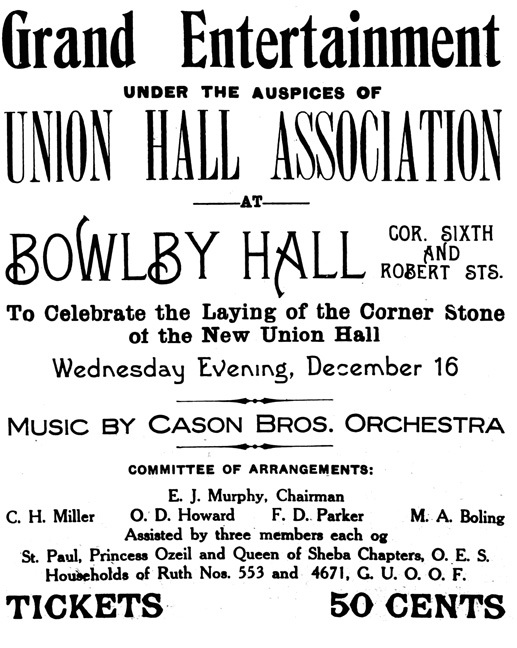
Construction went on throughout 1915, and the Grand Opening Reception finally came on Monday, November 8, 1915. Beforehand, the Appeal effused,
Great credit is due to the men who helped to bring about this much needed building to which we can point with pride and say “this is ours.” The building is plain and substantial and is composed of two stories and a large basement and at present is the meeting place of every fraternal body in this city. (November 6, 1915)
After the Ball, the Appeal reported that 400 ladies and gentlemen had crowded the auditorium to take place in the formal opening. The dance floor was said to be 43 by 70 ft. in dimension. The program was a mixture of speeches and songs before the dancing began, with music by the Cason Bros. (November 13, 1915)
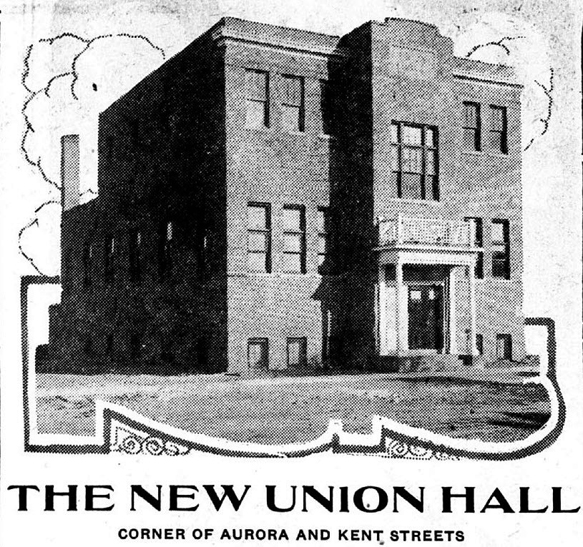
St. Paul’s Black community used the building extensively for dances, according to ads found in the Northwest Bulletin in 1922 and 1923. Unwelcome at the Downtown night clubs, people would form their own fraternities, sororities, or other clubs and then sponsor dances in rented dance halls like this one.
Here are just a few:
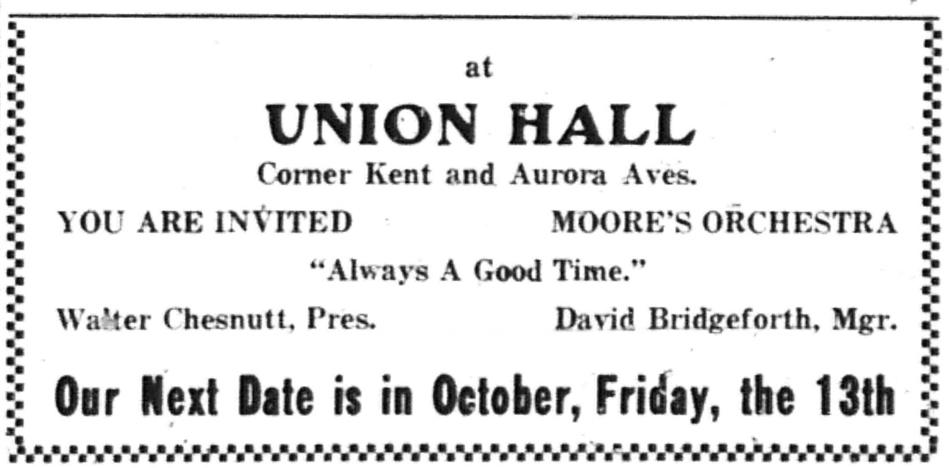
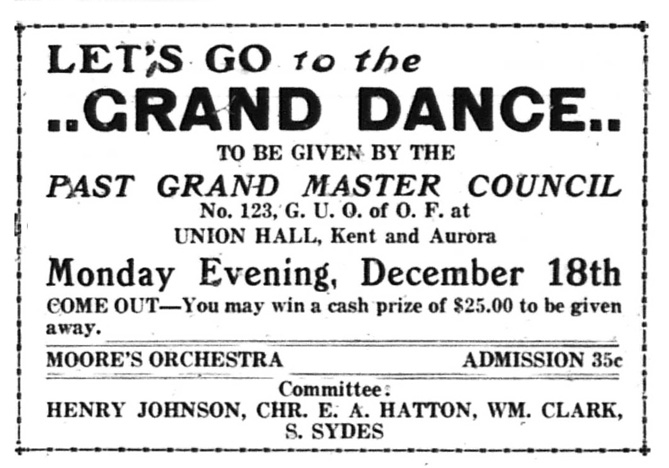
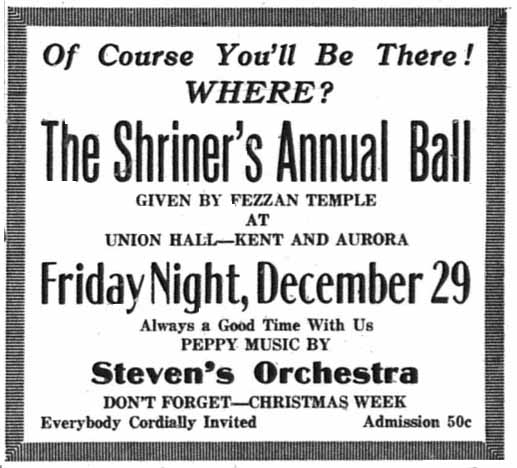
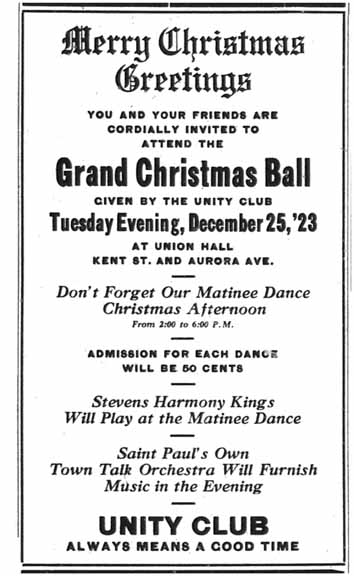
Bill Moore’s Orchestra was one of the most popular in the Twin Cities.
The mortgage was paid off in March 1923:
What may be regarded as one of the most impressive events in the history of the Negro in the Northwest besides being a signal achievement throughout the fraternal world of Colored America was the public reception Tuesday night … at which time the mortgage on the hall building was burned, making the property free of indebtedness and the first building to be built, maintained, and paid for by Negroes in the Northwest. One of the most remarkable featured connected with the deal was the fact that it only took eight years to pay for the building. (Northwestern Bulletin, March 17, 1923)
THE HALLIE Q. BROWN COMMUNITY CENTER
The Hallie Q. Brown Settlement House was established to meet the needs of the underserved Summit University area of St. Paul. Its namesake, chosen by an essay contest, was an African American educator, elocutionist, women’s suffrage leader, and author. From 1923-1929, the St. Paul Urban League and the YWCA contributed funds and other support for a service center in the building. In 1929 its first home was the former Central Ave. branch of the YWCA.
Somewhere between 1929 and 1934, the Union Hall property became the Hallie Q Brown Community Center. It, too, was the site of dances sponsored by local clubs.
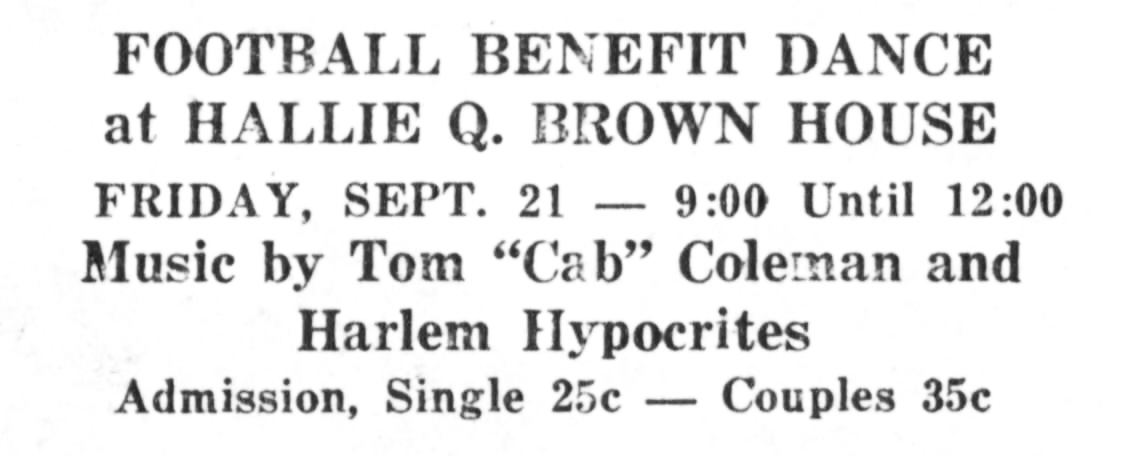
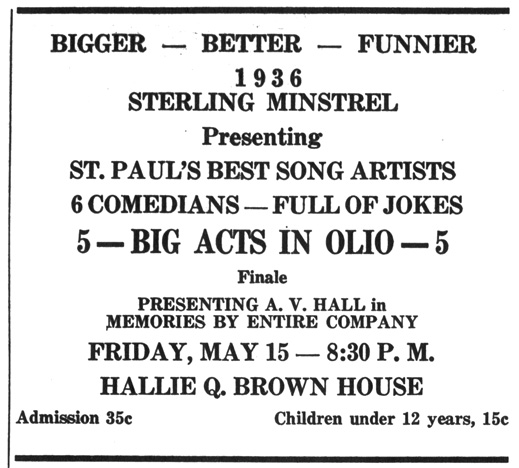
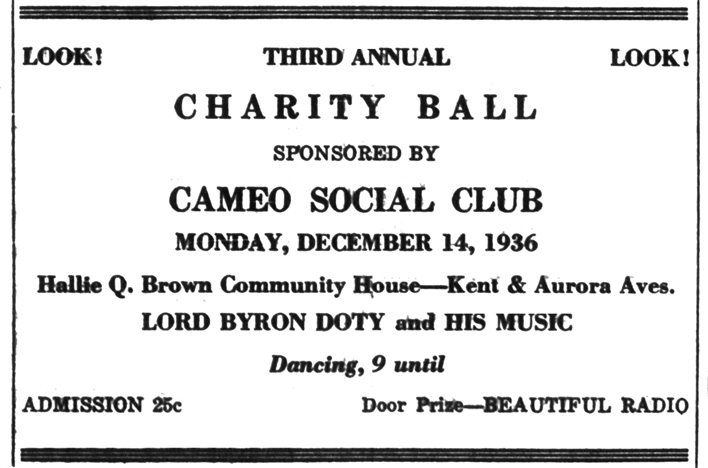
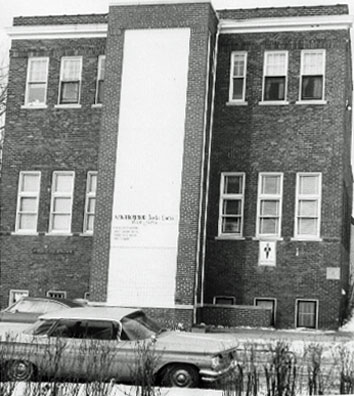
During the years before 1948, when black entertainers could not stay at downtown hotels, many would stay at Hallie Q. Brown.
In 1972, the Hallie Q. Brown complex moved to its current home at the Martin Luther King Center at 270 No. Kent.


